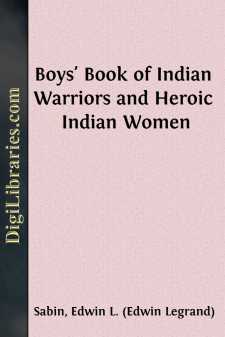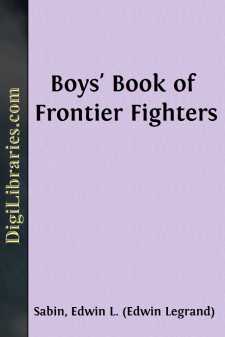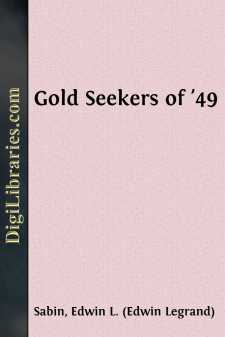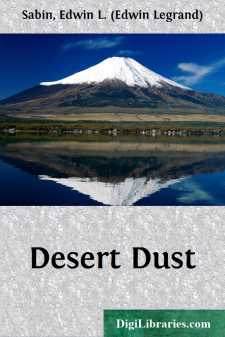Categories
- Antiques & Collectibles 13
- Architecture 36
- Art 48
- Bibles 22
- Biography & Autobiography 813
- Body, Mind & Spirit 142
- Business & Economics 28
- Children's Books 17
- Children's Fiction 14
- Computers 4
- Cooking 94
- Crafts & Hobbies 4
- Drama 346
- Education 46
- Family & Relationships 57
- Fiction 11829
- Games 19
- Gardening 17
- Health & Fitness 34
- History 1377
- House & Home 1
- Humor 147
- Juvenile Fiction 1873
- Juvenile Nonfiction 202
- Language Arts & Disciplines 88
- Law 16
- Literary Collections 686
- Literary Criticism 179
- Mathematics 13
- Medical 41
- Music 40
- Nature 179
- Non-Classifiable 1768
- Performing Arts 7
- Periodicals 1453
- Philosophy 64
- Photography 2
- Poetry 896
- Political Science 203
- Psychology 42
- Reference 154
- Religion 513
- Science 126
- Self-Help 84
- Social Science 81
- Sports & Recreation 34
- Study Aids 3
- Technology & Engineering 59
- Transportation 23
- Travel 463
- True Crime 29
Boys' Book of Indian Warriors and Heroic Indian Women
Description:
Excerpt
CHAPTER I
PISKARET THE ADIRONDACK CHAMPION (1644)
HOW HE SCOUTED AGAINST THE IROQUOIS
It was in early spring, about the year 1644, that the warrior Piskaret of the Adirondack tribe of the Algonkins set forth alone from the island Allumette in the Ottawa River, Canada, to seek his enemies the Iroquois.
For there long had been bitter, bitter war between the vengeful Algonkins[] and the cruel Hurons on the one side, and the proud, even crueler Five Nations of the Iroquois on the other side. At first the Adirondacks had driven the Mohawks out of lower Canada and into northern New York; but of late all the Algonkins, all the Hurons, and the French garrisons their allies, had been unable to stem the tide of the fierce Iroquois, rolling back into Canada again.
"Iri-a-khoiw" was the Algonkin name for them, meaning "adder." The French termed them "Mingos," from another Algonkin word meaning "stealthy." The English and Dutch colonists in America knew them as the Five Nations. Their own title was "People of the Long House," as if the five nations were one family housed all together under one roof.
The Mohawks, the Senecas, the Onondagas, the Oneidas and the Cayugas—these composed the Iroquois league of the Five Nations against the world of enemies. The league rapidly spread in power, until the dreaded Iroquois were styled the Romans of the West.
But nearly three hundred years ago they were only beginning to rise. Their home was in central New York, from the Mohawk country at the Hudson River west to the Seneca country almost to Lake Erie. In this wide tract were their five principal towns, fortified by ditches and log palisades. From here they carried war south clear to the Cherokees of Tennessee, west clear into the land of the Illinois, and north to the Algonkins at Quebec of the lower St. Lawrence River.
Twelve or fifteen thousand people they numbered. Mohawks, Senecas, Onondagas, Oneidas and Cayugas still survive, as many as ever and ranking high among the civilized Indians of North America.
The Hurons lived to the northwest, in a smaller country along the shores of Georgian Bay of southeastern Lake Huron, in Canada.
"Hurons" they were called by the French, meaning "bristly" or "savage haired," for they wore their coarse black hair in many fantastic cuts, but the favorite fashion was that of a stiff roach or mane extending from the forehead to the nape of the neck, like the bristles of a wild boar's back or the comb of a rooster. By the Algonkins they were called "serpents," also. Their own name for themselves was "Wendat," or "People of the Peninsula"—a word which the English wrote as "Wyandot."
They were of the Iroquois family, but for seventy-five years and more they had been at war with their cousins of the south. They, too, had their principal fortified towns, and their league, of four independent nations and four protected nations, numbering twenty thousand. Like those of the Iroquois, some of their bark houses were five hundred feet long, for twenty families....





